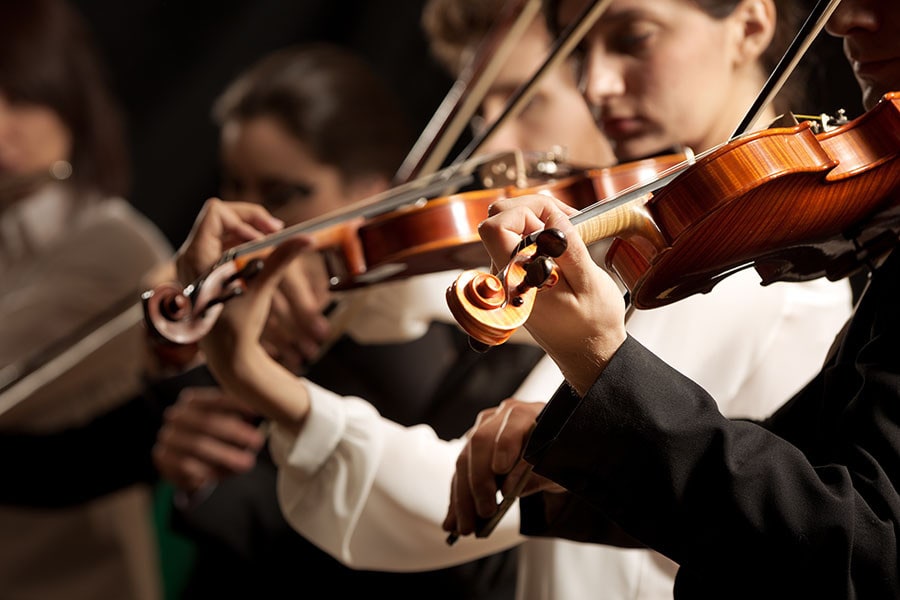
Why the Internet is falling in love with classical music
So what's driving this renewed interest in the compositions of Mozart, Beethoven and Schubert? Their timelessness, it seems
 Classical music was reportedly the fastest-growing musical genre among content creators in 2022. Image: Shutterstock
Classical music was reportedly the fastest-growing musical genre among content creators in 2022. Image: Shutterstock
Elitist, outdated, old-fashioned. Prejudices about classical music can be deep-rooted. However, it's a musical genre that keeps on finding ways of renewing itself in the hope of rallying a younger audience. And that, it seems to have found on social media, in particular on YouTube.
So suggests the first annual report from Epidemic Sound, a Swedish company that offers easy access to over 35,000 royalty-free compositions. It shows that the use of classical music on YouTube has increased by 90% in the last 12 months. This would make classical music the genre that has seen the strongest growth among content creators in 2022.
So what's driving this renewed interest in the compositions of Mozart, Beethoven and Schubert? Their timelessness, it seems. Indeed, the expression "classical music" itself evokes the idea of the genre not being tied to a contemporary age. The works belonging to this musical repertoire seem to cross the ages, contrary to certain songs that remain forever associated with a very precise moment in time.
These pieces also have the advantage of conveying a wide range of emotions, and can therefore be used as a soundtrack for a wide range of content. The classical repertoire is used in humorous and educational videos, as well as in news and fashion reports, according to the "Sound of the Internet" report. YouTube artist Cecilia Blomdahl uses classical pieces to introduce her 491,000 followers to her life in the Svalbard archipelago, located halfway between the North Pole and the Norwegian mainland. "Classical music [...] can be both melancholic and joyful depending on the footage, so the genre fits really well with the feeling I want to evoke in my videos," she said.
Bringing classical music to new audiences
Musicians such as Christoffer Moe Ditlevsen and Hampus Naeselius are benefiting particularly from this musical trend. The Swedish pair are the classical music composers whose pieces have been used in the most YouTube videos this year, according to Epidemic Sound. Trevor Kowalski, Megan Wofford and Franz Gordon also make the list.







